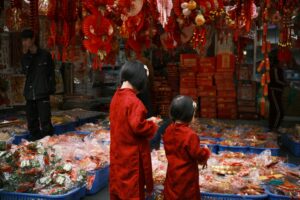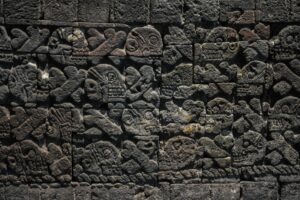Why Tokyo’s Kanda Festival Is Japan’s Grandest Spiritual Celebration
Kanda Matsuri, one of Japan’s top three Shinto festivals, blends ancient traditions with modern Tokyo vibrance. Celebrated in odd-numbered years, it honors prosperity, protection, and cultural pride.
1. What is the Kanda Festival and When Does It Occur?
Held in mid-May on odd-numbered years, Tokyo’s Kanda Matsuri celebrates at Kanda Myojin Shrine. First held in 1600, it honors Tokugawa Ieyasu’s victory at Sekigahara. Nearly 300,000 visitors gather yearly. Backed by Tokyo Tourism and shrine archives, it’s a deeply verified part of Edo-period legacy. The 2023 edition attracted over 400 mikoshi bearers from 108 districts across Tokyo.
2. Why Is the Kanda Festival Important in Japan’s Cultural Landscape?
Regarded as one of Japan’s three great Shinto festivals, it shares prestige with Kyoto’s Gion Matsuri and Osaka’s Tenjin Matsuri. It symbolizes divine protection and urban prosperity. Over 100 floats and 1,000 participants annually portray samurai-era themes. The National Museum of Japanese History documents its historical impact since the Edo period, ensuring its cultural weight is preserved and verified.

3. Who Organizes and Participates in This Grand Celebration?
Kanda Shrine priests, local communities, and business guilds coordinate the festival. Around 200 neighborhood associations collaborate for the mikoshi (portable shrine) procession. Over 70% of participants come from Tokyo’s Chiyoda Ward. Official shrine reports and municipal coordination confirm a decentralized yet deeply unified organizing structure, showcasing the city’s religious inclusiveness and civic pride.
Quick Fact Box: Kanda Festival at a Glance
Location: Kanda Myojin Shrine, Chiyoda, Tokyo
Frequency: Every odd-numbered year in May
Started: 1600 CE
Crowd: Approx. 300,000 visitors
Key Highlights: Mikoshi processions, samurai parades, Shinto rituals
4. How Does Kanda Festival Blend Ancient Ritual with Urban Energy?
Kanda Festival fuses Shinto rites with Tokyo’s fast-paced life. Morning purification rituals, parades of 100+ mikoshi, and dance troupes occur alongside skyscrapers. About 45% of attendees are under 35, suggesting growing youth interest in tradition. NHK cultural programs and academic field studies verify the unique contrast and harmony that modern Tokyo offers this ancient festivity.
5. What Economic and Tourism Impact Does the Festival Have?
The festival boosts tourism revenue by nearly ¥1.2 billion ($8 million USD) every time it’s held. Hotels near Chiyoda report a 95% occupancy rate during the weekend. Local businesses from souvenir vendors to food stalls see 2-3x their usual earnings. The Tokyo Chamber of Commerce and Ministry of Tourism’s fiscal data substantiate these figures.
6. How Is the Festival Preserving Its Legacy in Modern Times?
To preserve authenticity, organizers digitized the festival archives in 2015, accessible via Tokyo’s Cultural Heritage Database. Nearly 500 volunteers support the event annually. Bilingual announcements and global social media outreach show modernization. Verified by Japan’s Agency for Cultural Affairs, these efforts ensure the festival stays vibrant and inclusive without losing its traditional core.
7. What Do Locals and Priests Say About the Festival’s Spirit?
“Kanda Matsuri is not just a celebration—it’s a promise to our gods and ancestors,” says Chief Priest Shigeharu Takahashi. A local participant shared, “Carrying the mikoshi is like carrying my community’s soul.” These emotional and spiritual reflections, collected by Japan Times and Tokyo Weekender, reinforce the deeply rooted connection between faith and civic unity.
What makes this story a must-read
Kanda Festival blends ancient faith with urban life, uniting Tokyo’s past and present. Its scale, spirit, and socio-cultural impact make it a standout example of Japan’s living traditions.
Share this content:















Post Comment